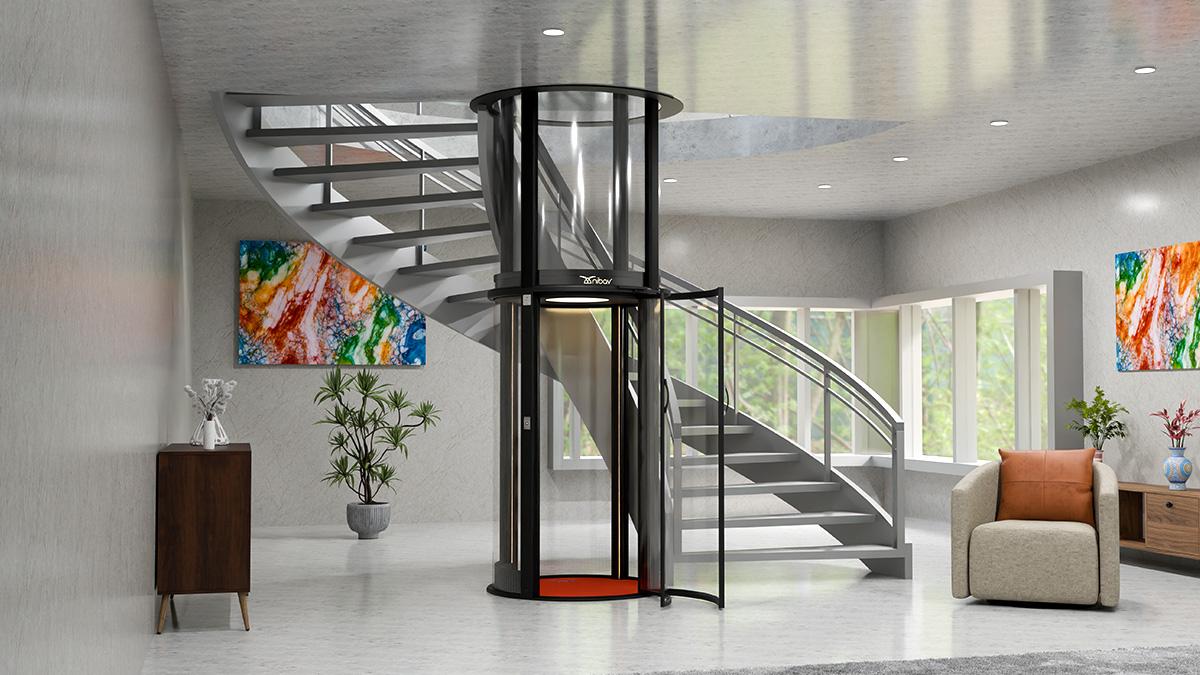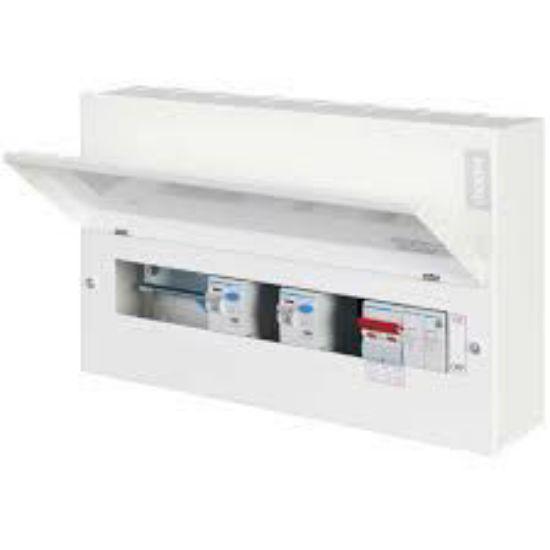Digital Tracking and Monitoring Systems in Modern Art Logistics
The fine art logistics market operates at the intersection of trust, precision, and high financial stakes. With art pieces often valued in millions and subject to risks ranging from environmental damage to theft, risk management has become an indispensable component of logistics operations. Providers that prioritize safety, compliance, and contingency planning not only protect assets but also build long-term client relationships founded on reliability.
One of the primary risks in art transport is physical damage. Artworks are highly sensitive to vibrations, pressure, and environmental changes. A slight mishandling during loading or unloading can result in irreversible damage, reducing both the aesthetic and monetary value of a piece. To mitigate this, logistics providers invest in specialized packaging that cushions the artwork while allowing for movement control. Shock sensors, padding systems, and air suspension crates help absorb the impact, ensuring safe handling during transit.
Environmental risk is equally concerning. Artworks composed of paper, canvas, or organic materials are prone to deterioration if exposed to improper temperature or humidity. Climate-controlled containers and storage facilities, along with continuous monitoring through sensors, are essential in minimizing these risks. Real-time alerts can inform handlers of any deviations, allowing for immediate corrective actions before damage occurs.
Theft and tampering represent another critical concern. With art being one of the most frequently targeted assets by criminal networks, logistics providers must implement multi-layered security protocols. GPS tracking, tamper-proof seals, surveillance cameras, and armed escorts are commonly deployed to safeguard shipments. Additionally, background checks on personnel and strict access controls are enforced to ensure that only trusted individuals are involved in handling sensitive cargo.
Documentation and compliance risks also pose challenges. Cross-border transport often involves navigating complex customs regulations, insurance requirements, and provenance verifications. Any lapse in paperwork can lead to delays, fines, or confiscation. To address this, logistics providers collaborate closely with legal experts and customs agents, ensuring that all documentation is accurate and complete before shipment.
Insurance coverage plays a vital role in risk mitigation. Fine art shipments are insured based on value, exposure, and risk profile. Comprehensive insurance policies cover not only transit damages but also theft, natural disasters, and unforeseen circumstances. Providers often offer tailored insurance solutions, assessing risks at each phase of transport to determine appropriate coverage.
Crisis management planning is an emerging best practice within the industry. Providers are now preparing for worst-case scenarios, such as vehicle breakdowns, extreme weather events, or regulatory shutdowns. Contingency routes, backup storage facilities, and emergency communication protocols are part of standard operating procedures, ensuring that shipments are never left vulnerable during critical moments.
Training and awareness also underpin effective risk management. Logistics teams undergo rigorous instruction in art handling techniques, emergency response, and equipment use. Regular audits and inspections help reinforce safety standards and identify areas for improvement.
In conclusion, risk management is not a secondary concern in fine art logistics—it is the foundation upon which successful operations are built. By addressing physical, environmental, security, compliance, and insurance risks, logistics providers protect assets while instilling confidence in clients. In a market where trust and precision are paramount, robust risk management strategies are the key differentiator that separates competent providers from exceptional ones.








